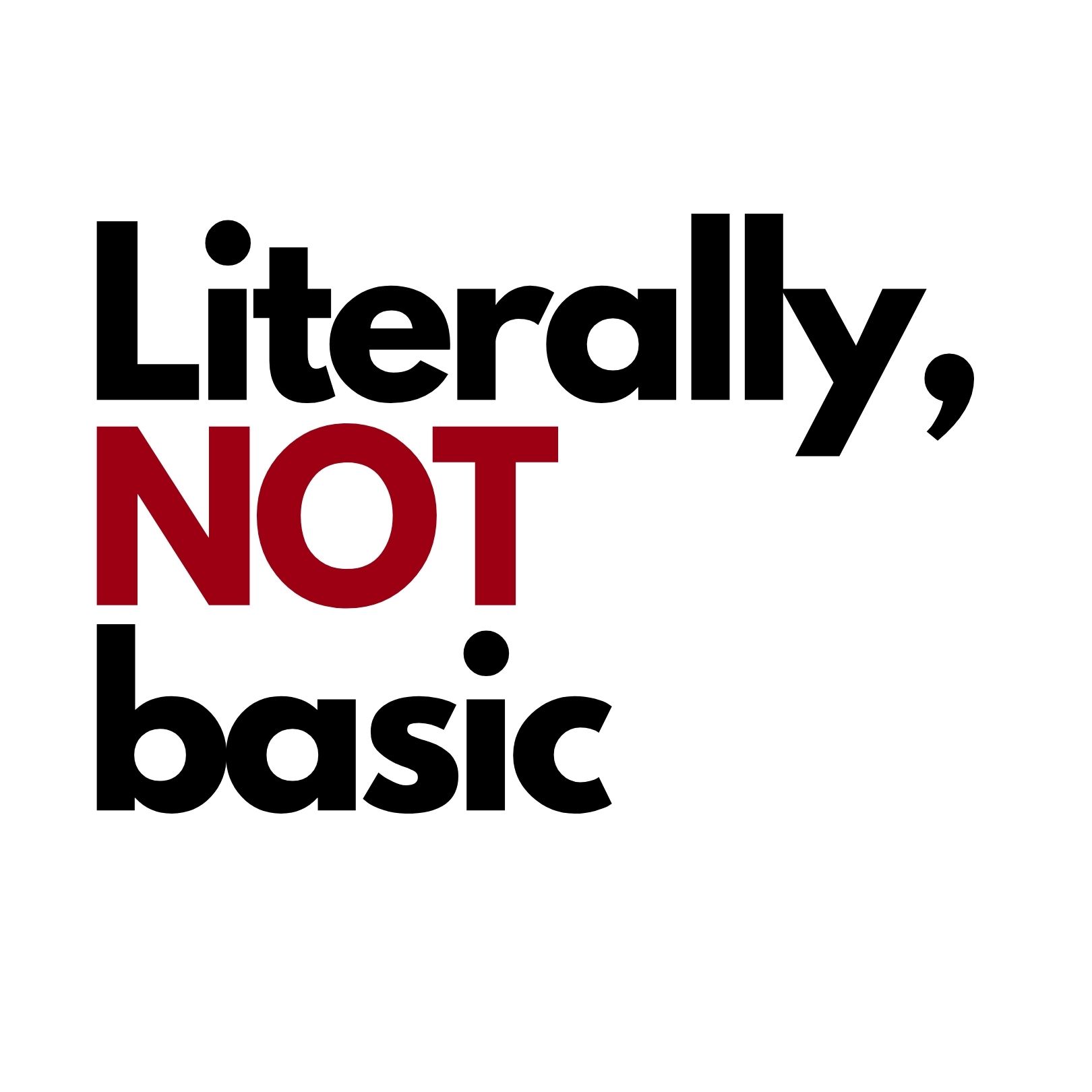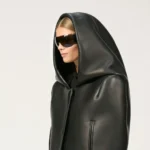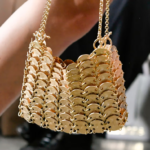The Rise and Fall of Clarisonic
NEW YORK, United States — Launched in 2004, the Clarisonic cleansing brush rapidly became a beauty staple, skyrocketing in popularity thanks to a well-timed endorsement from Oprah Winfrey in 2007. With recognition came remarkable sales, soaring to $100 million annually by 2010. However, the journey took a downturn after L’Oréal acquired the brand in 2011, leading to its discontinuation in 2020.
This rise and subsequent decline illustrate a troubling narrative for brands that bask in the success of having created the latest beauty device craze. The market for facial cleansing devices is notoriously volatile; gadgets that capture consumer fascination today may find themselves relegated to discount bins tomorrow. The category has already seen a significant drop, with facial device sales plummeting by 20 percent in 2019 alone.
Despite these challenges, brands are persistently innovating to entice consumers into spending hundreds of dollars on a range of unconventional beauty devices. Noteworthy contenders like Beautybio with its GloPro microneedling tool and Foreo with its array of skin-care gadgets have managed to carve out their niches. Additionally, NuFace’s microcurrent tools exemplify the evolving landscape of beauty technology.
Amid the pandemic, there were hints of a resurgence in the beauty device market. As many were left longing for the luxury of spa treatments, sales of facial devices saw an 8 percent increase during the first half of 2020, according to the NPD Group. Nevertheless, sustaining such momentum can be arduous. Brands must continuously innovate and offer products that are user-friendly, effective, and provide solid value to keep both existing and new customers engaged.
“Unless you continually innovate, that’s going to shorten and shorten as the tools category gets more attention,” cautioned Alexia Inge, co-founder of Cult Beauty, highlighting the rapid pace of change in consumer preferences.
What Went Awry for Clarisonic?
Clarisonic was conceived by the same innovative minds behind the Sonicare toothbrush. Oprah’s enthusiastic support turned the initially $195 device into a sensation. However, the competitive landscape shifted dramatically as numerous brands entered the fray with affordable alternatives. Major skin-care names like Clinique and Olay released less expensive cleansing brushes, eroding Clarisonic’s market share.
As L’Oréal attempted to reinvigorate Clarisonic with a line of companions, including a budget-friendly brush and various attachments, sales continued to dwindle. The resulting layoffs were a harbinger of the brand’s eventual closure announcement in July.
Dr. Robb Akridge, the co-founder of Clarisonic, noted that the emergence of lower-cost competitors significantly impacted their sales strategy. Consumers began to question the value of investing in a high-priced tool when similar functionality was available for a fraction of the cost.
“Well, I’ve already tried one of those things from name-a-brand, so why would I want to spend that much money on a Clarisonic?” was a sentiment echoing around the market.
Additionally, competition from manual skincare brushes and advancements in topical skincare products that provide effective exfoliation without the need for devices further challenged Clarisonic’s relevance.
The Path to Innovation
Many brands in the beauty device sector find difficulty in fostering a loyal customer base due to the nature of these products. The longevity of devices can hamper repeat sales, presenting a significant hurdle for companies striving to maintain success.
“You don’t replenish a device very often, so how do you keep momentum going in that category?” remarked Beth Santos, vice president of merchandising at Dermstore, acknowledging the challenge of impressive year-over-year gains followed inevitably by stagnation.
Foreo stands out as a prime example of successful continual innovation in this space. Known for its unique silicone cleansing devices, the Swedish brand reportedly surpassed $1 billion in sales in 2019. Specializing in cutting-edge technology, Foreo has unveiled an AI-connected version of its Luna device along with a device targeting acne. However, too much complexity can prove counterproductive; for instance, their multifunctional UFO gadget faced consumer confusion and lukewarm sales at times.
NuFace, which specializes in the microcurrent device segment, is another company excelling in innovation. With annual product launches and multiple device options ranging in price from affordable to premium, NuFace has seen robust consumer interest. Co-founder Tera Peterson draws comparisons between microcurrent technology and culinary versatility, suggesting that with the right innovation, a base product can evolve into several successful variations.
At the same time, Beautybio emerged as a success story by launching a microneedling device along with complementary skincare products. This strategic dual approach, linking device and skincare performance, helps drive sales and appeal to consumers seeking effective beauty solutions.
Who Are the Device Buyers?
Cult Beauty’s Alexia Inge refers to skincare as the “gateway drug to tools,” noting the growing number of consumers willing to explore devices as extensions of their skincare routines. As interest in skincare increases, it becomes easier to justify investment in tools that promise enhanced results, whether through microneedling or other beauty technology.
Ease of use is integral to fostering consumer interest and adoption of these devices. For instance, LED masks offering quick treatments — like Dr. Dennis Gross’ three-minute mask — have gained popularity among consumers. Retailers are also noting a trend where younger audiences are increasingly investing in high-tech anti-aging solutions, potentially as a preventive strategy against aging signs.
“It’s an intimidating proposition to say we’re going to stick tiny needles in your skin,” emphasizes Beautybio’s O’Banion regarding the challenges faced in educating consumers about device use.
While the pandemic has boosted interest in at-home beauty devices, sustaining momentum post-lockdown will be crucial as consumers resume traditional beauty treatments. Beauty industry experts are already contemplating how consumer needs will shift once beauty services fully reopen.






